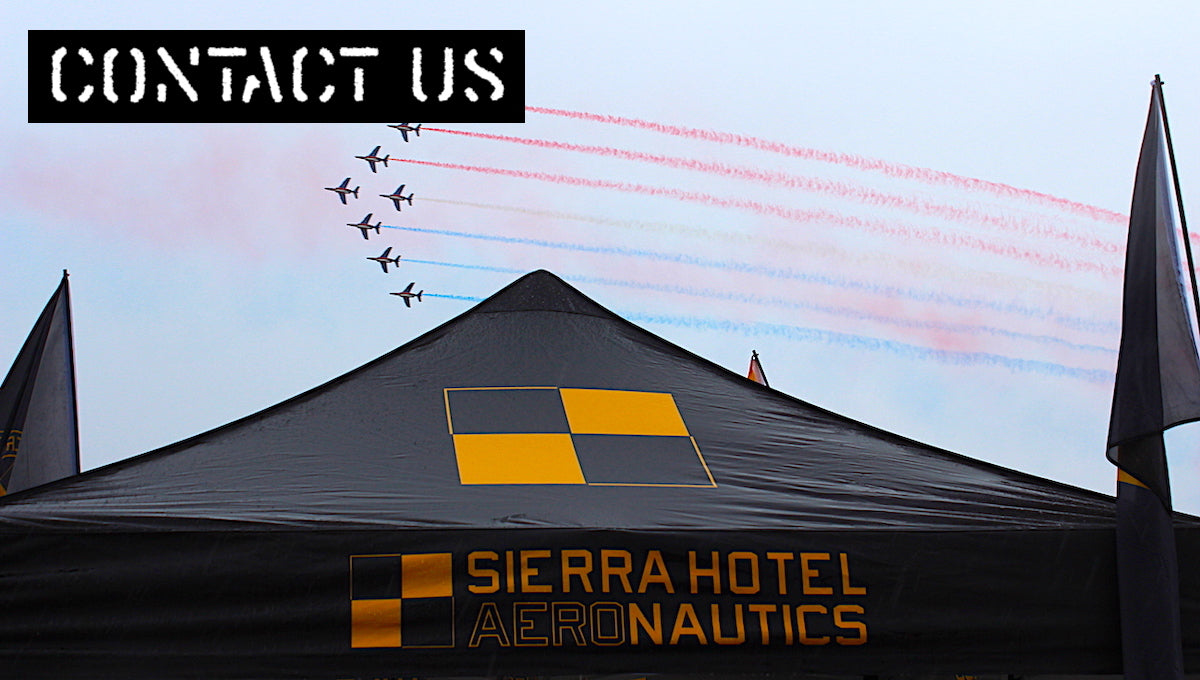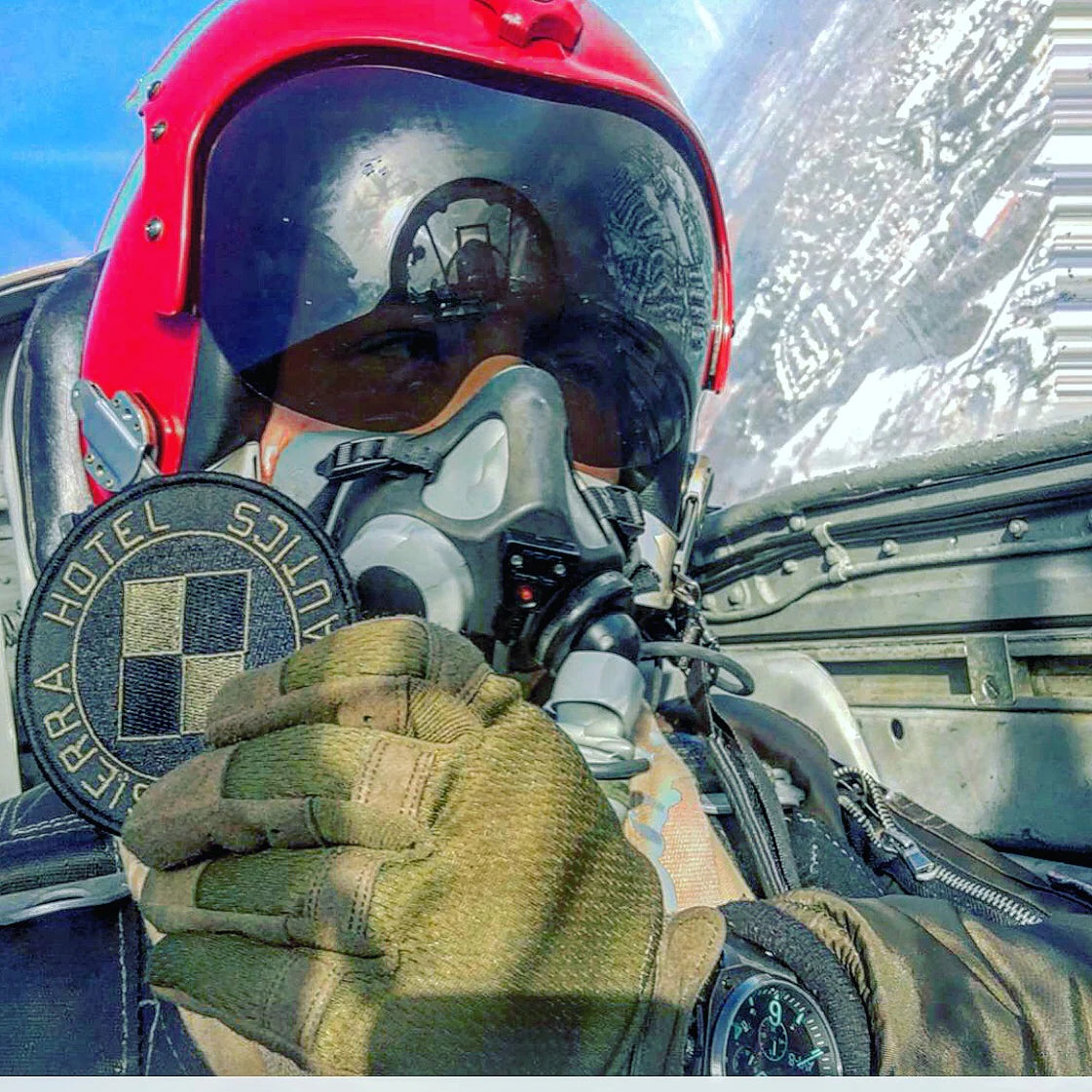USS Enterprise CVN-65 - The BIG "E"

The USS Enterprise CVN-65 (formally CVA(N)-65) was the world's first nuclear-powered aircraft carrier, and by the time of her deactivation, she had served proudly for a total of 51 years, longer than any other Aircraft Carrier. She also held the title of being the second oldest commissioned vessel in the United States Navy, after the wooden-hull USS Constitution. Like her predecessor, Enterprise carried the nickname “The BIG E”, and is the 8th United States Naval vessel to carry the name “Enterprise”
At 1,123 feet in length, she is the longest naval vessel in the world. Topping the scales at 93,284 long tons ranks her as the 11th heaviest super-carrier, after the 10 Nimitz class carriers
Builder: Newport News Shipbuilding and Dry Dock Co., Virginia
Ordered: November 15, 1957
Number of Designers: 915
Number of Drawings Made: 16,100
Miles of Blueprints Made: 2,400
Keel Laid: February 4, 1958
Launched: September 24, 1960
Commissioned: November 25, 1961
Maiden Voyage: January 12, 1962
Original Cost to Build: $451.3 million
Horsepower: 200,000+
Top Speed: 30+ knots
Length: 1,123 feet
Beam: 257 feet
Height (Keel to Mast): 250 feet
Number of Nuclear Reactors: 8 (Lifespan around 20 years)
Shafts: 4
Propellers: 4 (32 tons each)
Rudders: 4 (35 tons each)
Anchors: 2 (30 tons each)
Length of Ventilation: About 37 miles
Length of Electrical Cables: About 625 miles
Water Distillation Plant Capacity: 350,000 gallons daily
Water Displacement: 94,781 tons
Number of Compartments: 3,500+
Aircraft Capacity: 60+
Flight Deck Area: 4.5 acres
Hangar Bay Area: 3.5 acres
Number of Catapults: 4 (steam)
Catapult Length: 286 feet
Landing Area: 344 feet
Elevators: 4
In 1958, Enterprise's keel was laid at Newport News Shipbuilding and Dry Dock Company, and on the 24th of September 1960, Enterprise was launched. One of her first missions was to operate as a tracking and measuring station for Lieutenant Colonel John Glenn’s Friendship 7 Mercury capsule as it entered the history books as the first American manned orbital flight.
Later that same year, Enterprise and her 4,600 crew members sailed into her first international crisis. Famously known as the “Cuban Missile Crisis” due to the international reaction to Soviet ICBM launch platforms discovered in Cuba. A threatening geographic location considering the short missile ballistic trajectory time, being only 90 miles off the mainland. This close proximity to mainland USA was a clear strategic pre-emptive strike position that prompted President Kennedy to order a massive Naval and Air Quarantine/blockade preventing further arms shipments from reaching Cuba.
Enterprise was joined by 4 other US carriers as the backbone of the quarantine, and by the 28th of October, the crisis was averted after the Americans removed ICBMs located in Italy and Turkey.
Enterprise went on to serve in the Vietnam conflict, and on her first day, Enterprise launched 125 sorties on the first day of battle against the Viet Cong, she unleashed an impressive 167 short tons of bombs and rockets on the enemy's supply lines. On 3 December, she set a record of 165 strike sorties in a single day.

On the morning of 14 January 1969, a MK-32 Zuni rocket loaded on a parked F-4 Phantom exploded due to an ordnance cook off after being overheated by an aircraft start unit mounted to a tow tractor. A chain reaction of additional fires and explosions spread across the flight deck. Although the fires were brought under control relatively quickly, sadly twenty-seven brave hands were lost and an additional 314 sailors were injured. The fire destroyed 15 aircraft, and the resulting damage forced Enterprise to put in for repairs at Pearl Harbor Naval Shipyard.
Between 1965 and 1975, Enterprise was deployed a total of six times to Southeast Asia, launched thousands of missions, and delivered countless tons of ordinance on enemy positions.
Once her last deployment to the Far East was complete, Enterprise proceeded to the Puget Sound Naval Shipyard, Bremerton, Washington, where the carrier was altered and refitted to support the Navy's newest fighter aircraft – the F-14 Tomcat. Two of the four jet blast deflectors were enlarged to accommodate the Tomcat.
In April 1983, Enterprise ran aground on a sandbar in San Francisco Bay while returning from deployment and remained stuck there for several hours. Coincidentally, George Takei, who played Mr. Sulu, helmsman of the fictional starship Enterprise, was aboard at the time as a Distinguished Visitor of the Navy.
The BIG E served valiantly during many operations and deployments in the following years;
It was in the fall of 2012 that "The BIG E" was scheduled to be deactivated, and in October 2012, Enterprise transited the Suez Canal for the final time. Her last foreign port call was Naples Italy, which had been the her first foreign port-of-call fifty years ago.

On 4 November 2012, the USS Enterprise returned to her homeport at Naval Station Norfolk, Virginia, for the very last time. During her last deployment, The BIG E cruised nearly 81,000 miles within 238-days during her assignment to the Persian Gulf. Her aircraft flew more than 2,000 sorties in support of Operation Enduring Freedom in Afghanistan.Newport News Shipbuilding will deactivate and de-fuel the ship, which will then be formally decommissioned once all nuclear fuel has been removed. The process is scheduled to begin in mid-2013 and be completed in 2015. Many have requested that the Enterprise be converted into a museum. Unfortunately the United States Department of Defense, has deemed the project too expensive to make such an effort practical.
During the BIG E’s inactivation ceremony, Secretary of the Navy Ray Mabus announced in his taped message that the next Ford Class Carrier, CVN-80 would indeed be named "Enterprise" and would be the 9th Navy vessel to carry the name Enterprise, the entire crowd cheered and gave a standing ovation
She patrolled the seas for over 49 years and has now come to port for the final time. The USS Enterprise CVN-65 will live on in the hearts of all that served on her, and all those that she served,
Ready on Arrival;
The First, the Finest;
Eight Reactors, None Faster
LCDR Alfred Howard Agnew
LTJG Joseph Scott Mobley
LCDR Edwin Arthur Shuman III
LTJG Wendell Reed Alcorn
CDR James Alfred Mulligan
LTJG Bradley Edsel Smith
LTJG Frederick C. Baldock Jr.
CDR Gordon R. Nakagawa
LTJG Larry Howard Spencer
LTJG Glenn Henri Daigle
LCDR Robert J. Naughton
LCDR William Robert Stark
LCDR Dale W. Doss
LT Giles R. Norrington
LT Richard G. Tangeman
LT Kenneth H. Higdon
LTJG Richard R. Ratzlaff
ENS Gary Lynn Thorton
LCDR Eugene Baker McDaniel
LTJG William Leonard Shankel
LCDR Phillip Allen Kientzler
Missing In Action
LCDR Kurt W. Barich
LTJG Meredith Carol Loughran
LTJG Charles E. Woodward
CDR Billie Jack Cartwright
LT Edward Frances "Sully" Sullivan
Died In Captivity
LTJG James Scott Graham
LT James Kelly Patterson
Killed In Action
LTJG Paul M. Artlip
LT Michael F. Haifley
LT John Douglas Prudhomme
LTJG Paul Victor Carlson
CDR Harley Hubert Hall
CDR Edgar Arthur Rawsthorne
LT Nicholas M. Carpenter
LT Arthur Sinclair Hill, Jr.
CDR Richard Rich
LT Ramey L. Carpenter
LTJG William F. Kohlrusch
LTJG James Thomas Ruffin
LT Frank Ray Compton
CDR Glenn Edward Kollmann
LCDR Thomas Edwin Scheurich
LCDR Henry A. Coons
ADJ1 Melvin Thomas Krech
CDR Peter W. Sherman
LT Edward Frank Gold
LTJG Richard Clive Lannom
LT Thomas Stegman
Maj Russell C. Goodman
LCDR Max Duane Lukenbach
LCDR John Bethel Tapp
CDR William Ronald Grayson
LTJG Donald Clay Maclaughlin, Jr.
LCDR John Mark Tiderman
LT John Gary Griffith
LCDR Paul W. Paine
CDR Danforth E. White
LTJG Sutro
Killed in the Flight Deck Fire of January 14, 1969
FA Paul Akers
ASH3 Roger L. Holbrook
ABE3 Jacob J. Quintis
AN David M. Asbury
AN Dale L. Hunt
BM2 James C. Snipes
LTJG Carl D. Berghult
AOAN Donald R. Lacy
AN Russell J. Tyler
LTJG James H. Berry
ADJ3 Armando Limon
AN LaVerne R. VonFeldt
AO3 Richard W. Bovaird
AME3 Dennis E. Marks
AN Robert C. Ward Jr.
AE Patrick L. Bullington
ABH1 James P. Martineau
AN John R. Webster
AMS3 James R. Floyd Jr.
AOAN Joseph C. Mason
AMS2 Henry S. Yates, Jr.
AN Ernest L. Foster
AMH2 Dennis R. Milburn
AMS3 Jerome D. Yoakum
AN Delbert D. Girty
AN Joseph W. Oates
AEC Ronald E. Hay
LTJG Buddy D. Pyeatt
Killed in the Line of Duty While Serving Aboard ENTERPRISE (CVN 65)
CDR Robert Anderson
MM3 Micah Hill
LT Jack L. Pedersen
LCDR Kurt W. Barich
LT Arthur S. Hill
AA Barry E. Peterman
LTJG Darwin F. Ball
LCDR Jeff Hillard
MM2 Gregory S. Peters
LT Ronald R. Bradley
MM2 Darek T. Hutt
RIO David Hewitt Philo
AN John R. Burch
William Larry Johnson
RMC Larry M. Pope
CWO4 Brashear
CDR James M. Joyce
LTJG Charles Roy
Samuel Walter Clayman
ENS Joseph B. Kelly, Jr.
AN David Frank Sahr
AMS3 Edwin H. Clements
Robert Kelly
EM3 Charles J. Sanders
Clarence Cottle
LSCM Richard J. Kessler, Jr.
MM2 Jason M. Sheets
EM2 David D. Decker
Charles Henry Kruse
LCDR Robert J. Simonic
LTJG Brendan J. Duffy
TN Benjamin R. Lauretta
OSC Patrick C. Smith
LT Joseph Durmon
LTJG Meredith Loughran
AW2 David Stetrom
ATC Richard H. Edwards
AW1 Josheph R. Lucas
LCDR Paul A. Stokes
LTJG Steven Engeman
FA Joseph L. Lyrian, Jr.
LT Edward Frances Sullivan
CDR Lauren R. Everett
LTJG Edward L. Maas, Jr.
LCDR Martin J. Sullivan
ETR2 George M. Fasching
PO2 Marble
LT Edward P. Szeyller
AO1 Vincent Filpi
ENS David E. Martin
CDR Albert J. Thompson
Jesse Benton Forney, Jr.
MACM Steven D. Martin
AW1 Steve Voight
LCDR William A. Hall
LTJG Thomas L. Masten
ADC John E. Webb
DC3 Robert A. Hastings
FN Gary W. Menard
LT Robert Wood
LT James G. Hicks
AMSAN Brian S. Mullen
LTJG Charles E. Woodward
EM3 Michael Bowden
Eric Sauerborn
MA2 Robert F. Miner III
LCDR Robert F. Hansen
ATN3 James H. Dorrell












The Navy (Rickover) wasn’t really sure how much power was needed so 8 reactors. Subsequent carriers only required two, albeit an improved design. Now those paired reactors which share a common bulkhead are causing disposal problems.
Leave a comment